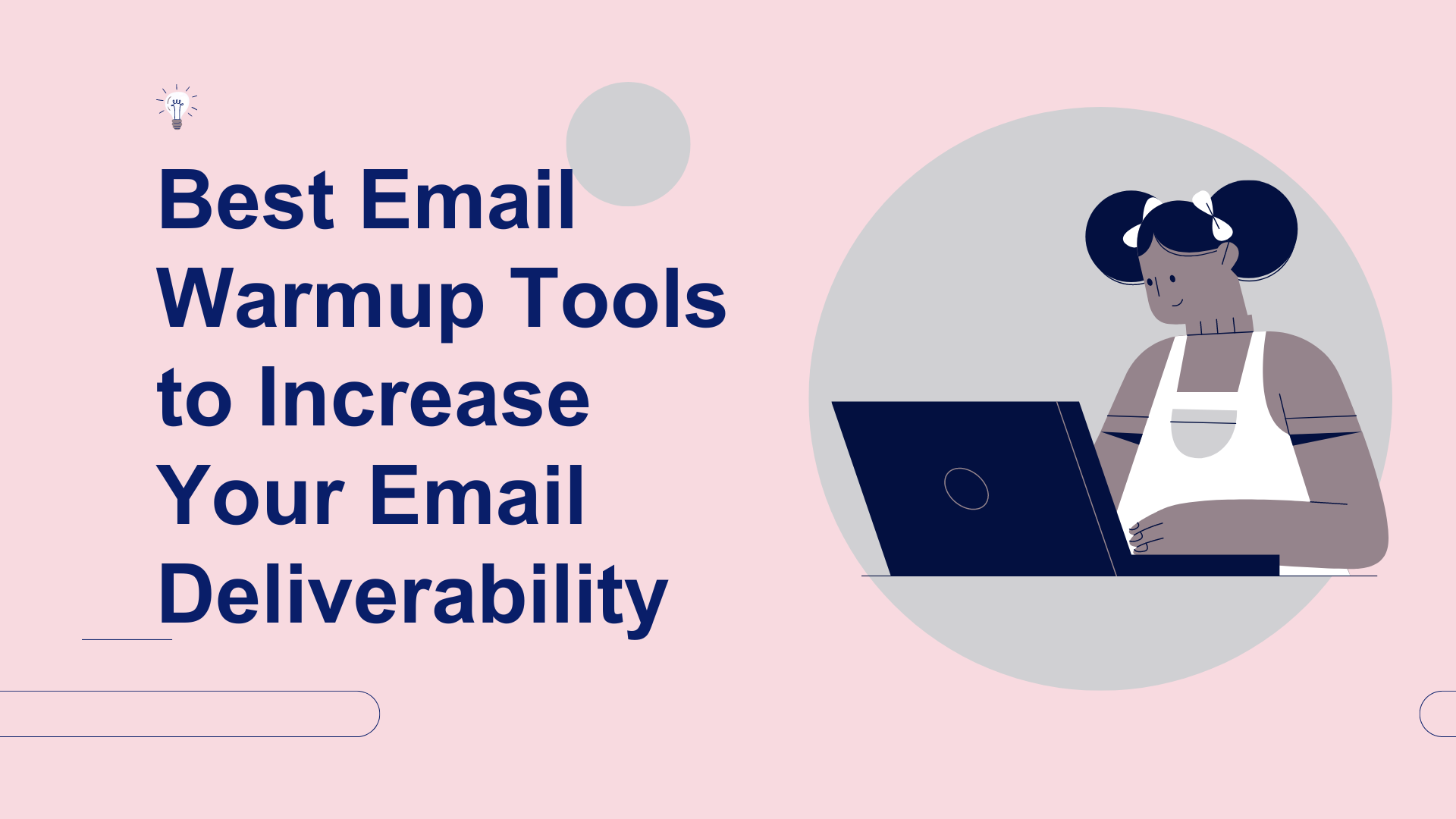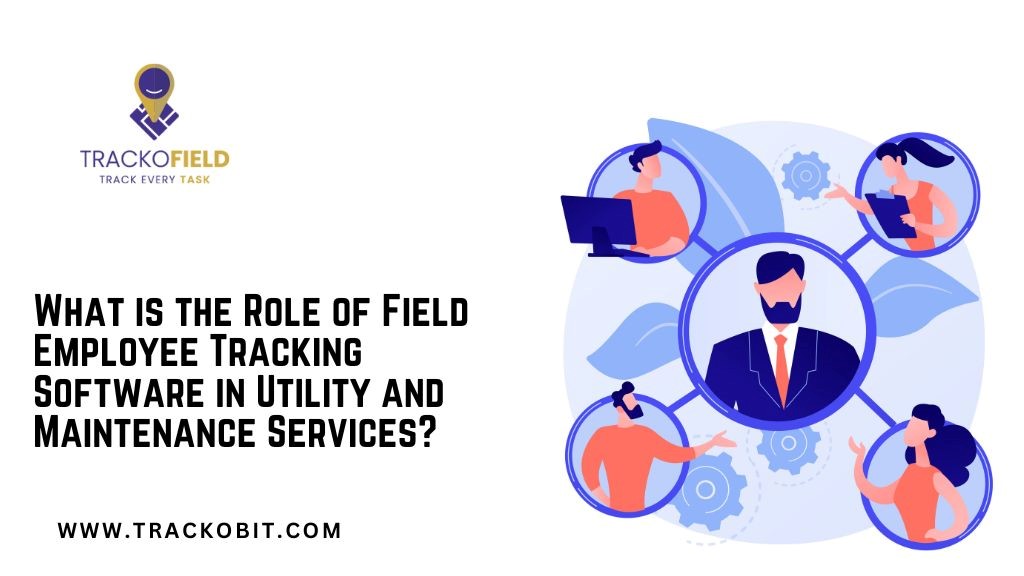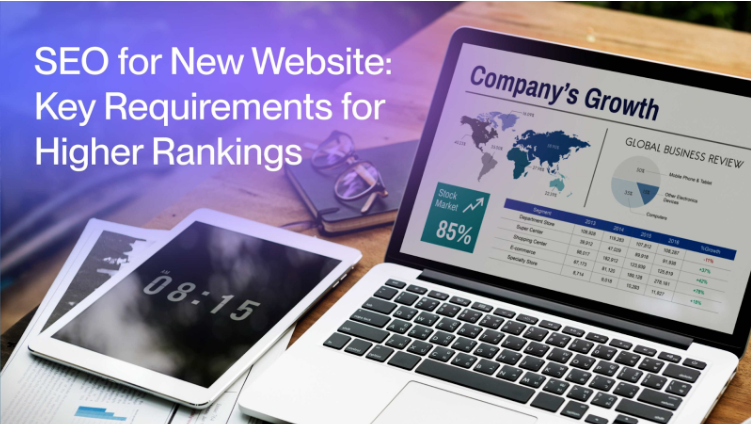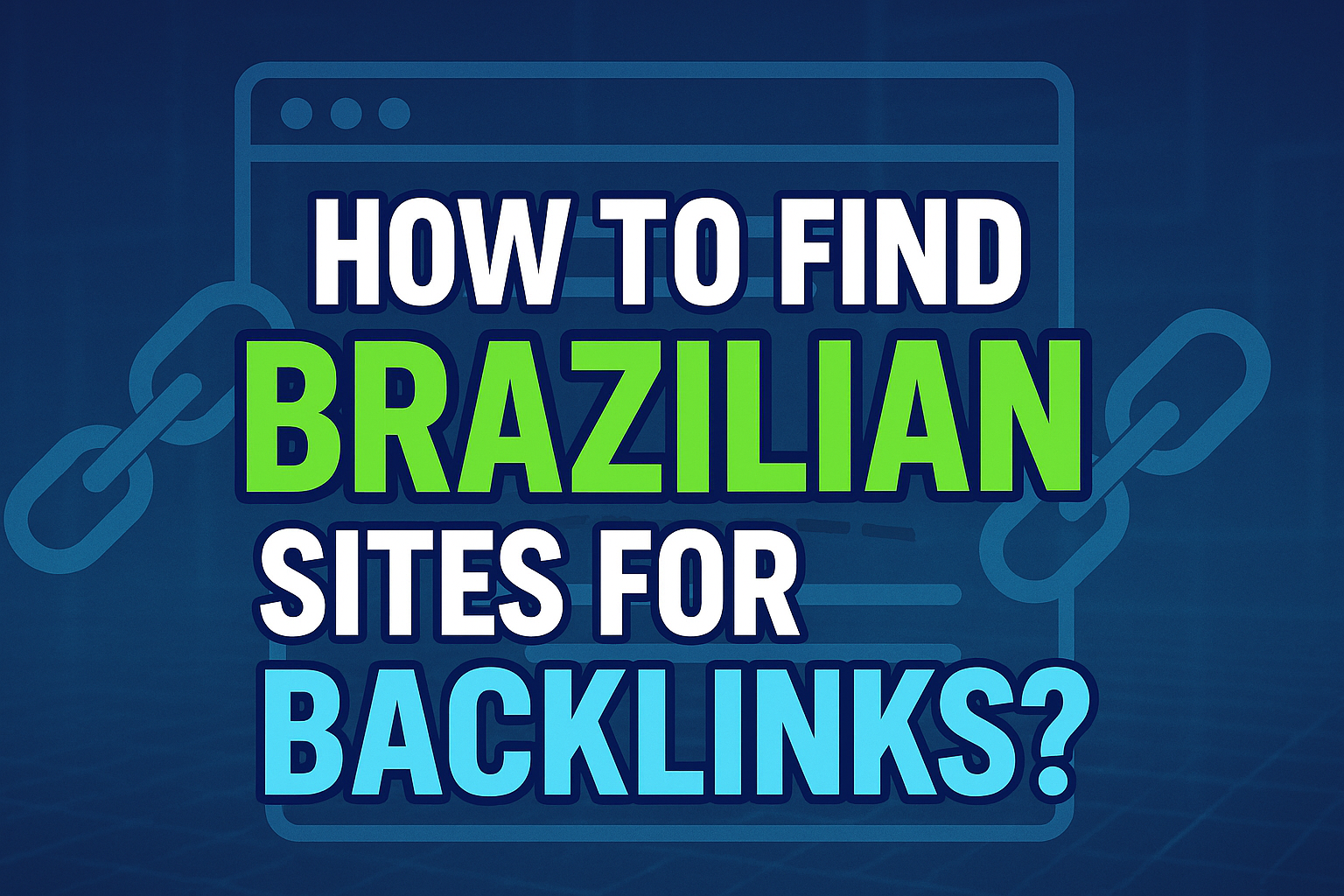
Email Warm Up
In today's competitive digital landscape, ensuring that your emails land in the inbox rather than the spam folder is more critical than ever.
Imagine you're a small business owner launching a new product. You've spent weeks crafting the perfect cold email campaign, and carefully writing outreach copy to engage your subscribers and generate valuable leads.
However, when you finally hit "send", a disheartening reality happens which includes – most of your emails landing in the spam folder or else it is going unnoticed altogether.
The main thing behind all these is spam filters employed by Email Service Providers (ESPs) that block or divert your messages due to a perceived lack of trust or a poor sender reputation.
This is a frustratingly common scenario for businesses of all sizes, and it can feel like a major setback, especially when you are eager to get your message out and market your product effectively.
Despite all the effort you put into creating a compelling email, the effectiveness of your campaign is undermined by how ESPs — like Gmail, Outlook, or Yahoo can evaluate your emails. These providers have sophisticated spam filters that examine every incoming message for signs of suspicious content. They also assess your sender reputation, a measure influenced by your past email behavior, engagement rates, and the trustworthiness of your domain. If you haven’t established a good sender reputation, even your most thoughtful and personalized emails might never reach their intended audience.
Let’s learn how you can improve your sender reputation score with email warmups to achieve optimal email deliverability.
Email Warmup
Email warmup is a crucial process for anyone looking to achieve high email deliverability rates, whether you’re a startup company, launching your first email campaign, or an established business, looking to expand your market with cold outreach.
When is Email Warmup Needed?
Launching a New Email Account or Domain: Whenever you set up a new email account or domain, ESPs (Email Service Providers) do not trust it. Warming up your email allows you to gradually build a positive sender reputation that might be the crucial one that was considered during the email marketing and cold outreach campaign.
Reactivating an Email Account: If you have not used an email account for a while, its reputation might have decayed over time. Warmup is necessary to re-establish sender's reputation with ESPs.
Switching ESPs or Email Platforms: Changing to a new ESP or email platform can cause your email-sending behavior to appear suspicious to email filters. A proper warmup process can mitigate this risk.
Scaling Up Email Campaigns: If you plan to increase your email volume significantly, you need to warm up the account slowly to ensure that the sudden increase does not trigger spam filters to filter it.
Where Did the Email Warmup Become Crucial?
Cold Email Outreach Campaigns: When sending cold emails to new leads or targeted customers, email warmup is crucial. Cold outreach, by its nature, involves sending emails to people who are not expecting them, which can easily be flagged as spam if your sender's reputation is not strong.
Marketing Campaigns from New Domains: If you are using a new domain for marketing purposes, ESPs may get something bad about your intentions. Warmup helps establish the domain's trustworthiness.
Personalized or Customised Communication: In industries where personalized or customized communication is key, such as finance, healthcare, or legal, ensuring that your emails reach the recipient's primary inbox is crucial. These sectors often require sending tailored messages that contain specific information relevant to the recipient. A well-warmed-up email account helps establish trust and ensures that these critical, personalized communications are delivered effectively, avoiding spam filters and ensuring that important information reaches the targeted person at the right time.
Why is the Email Warm Up Important?
Avoiding Spam Filters: ESPs use spam filters to identify and block potentially harmful emails. Without a proper warmup, your emails could easily be flagged, resulting in low open rates or complete blockage.
Building a Positive Sender Reputation: A good sender reputation is essential for ensuring that your emails are not marked as spam by spam filters. Through warmup, you build this reputation by gradually sending emails that receive positive engagement (opens, clicks, replies, conversions) from recipients.
Enhancing Email Deliverability: Proper email warmup increases the chances that your emails will reach the recipient's inbox rather than the spam folder. This is especially important for businesses relying heavily on email marketing for lead generation, customer engagement, and sales.
How to Warm Up an Email to Increase Deliverability?
Warming up an email is a gradual process aimed at building a positive reputation with Email Service Providers (ESPs) to ensure better deliverability. Here’s a step-by-step guide on how to effectively warm up an email account:
1. Start with a Low Volume of Emails
Begin by sending a small number of emails daily. For a new email account or domain, this could be as few as 10-20 emails per day. Make sure these emails are sent to highly engaged contacts who are likely to open, read, make conversions over it, and respond to them. This shows ESPs that your emails are well-received and utilized.
2. Gradually Increase the Email Volume
Over the next few weeks, slowly increase the number of emails you send on each day. A common practice is to increase the volume by around 10-20% every few days. This gradual scaling helps avoid raising red flags with ESPs that may interpret sudden spikes in volume as suspicious behavior.
3. Focus on Engagement Metrics
Encourage positive engagement from your recipients. This means aiming for high open rates, clicks, and replies, and minimizing bounce rates and spam complaints. Engagement metrics are key factors that ESPs consider when evaluating your sender's reputation. Personalized content and relevant subject lines can help improve engagement rates.
You can use AI email personalizers, like GoZen HyperReach or Warmer.ai to personalize emails at scale.
4. Authenticate Your Email Domain
Ensure your email domain is properly authenticated using protocols like SPF (Sender Policy Framework), DKIM (DomainKeys Identified Mail), and DMARC (Domain-based Message Authentication, Reporting & Conformance). Authentication helps verify that your emails are not being sent by spammers, building trust with ESPs.
5. Use Email Warmup Tools
The above-mentioned points are difficult to do manually. That’s where the email warmup tools come in.
Email warmup tools automate the process of gradually increasing your email volume and managing engagement. These tools use sophisticated algorithms to simulate natural email activity, such as opening emails, marking them as important, and replying to them, which helps build your sender reputation more quickly and effectively. Examples of popular email warmup tools include GoZen Growth, Mailwarm, Lemwarm, and Warmbox.
6. Be Patient and Persistent
The warmup process can take several weeks, depending on the initial state of your email account and the volume of emails you intend to send. Patience is essential, as rushing the process can lead to being flagged as spam, which will damage your sender's reputation.
Other Best Practices to Increase Email Deliverability
1. Monitor Email Performance and Sender Reputation
Regularly track your email performance metrics using tools provided by your ESP or third-party services. Look for any signs of issues, such as emails being marked as spam or a sudden drop in open rates. Adjust your warmup strategy based on the data to ensure a smooth process.
2. Clean Your Email List
Make sure your email list is up-to-date and free from invalid or inactive email addresses. A clean list reduces the chances of high bounce rates, which can negatively impact your sender's reputation. Use an email verification service to identify and remove any invalid addresses before starting your warmup process and to build a stable reputation stick to a regular sending schedule.
3. Avoid Spammy Content
Ensure your emails do not contain elements that could trigger spam filters, such as excessive use of capital letters, exclamation points, or spammy phrases like "Buy Now" or "Limited Offer." Also, avoid including too many links or large attachments in your emails.
By following these steps, you can build a strong sender reputation and improve email deliverability. While this process can be time-consuming and not scalable, using automation tools can help streamline the effort.
There are several tools available in the market, such as Warmbox, Lemwarm, Reply.io, etc… Personally, I have achieved 90% email deliverability by combining the tools of GoZen HyperReach and GoZen Growth.
While the HyperReach helps in creating personalized content at scale, the GoZen Growth helped in increasing the sender reputation score, find verified leads, and sending my outreach campaigns.
Email Warmup Services
Email warm-up services are a critical step in building a healthy email sending reputation. They help remove risks and improve deliverability by gradually increasing the volume of emails sent to a list.
This process simulates natural email sending behaviour, making it look like a real email conversation. A good email warm-up service will also help you monitor and manage sender reputation, and bounce rates. By warming up your outreach campaigns, you can reduce the risk of getting flagged as spam, improve engagement rates, and ultimately increase the likelihood of successful delivery.
Best Email Warm Up Tools
1. GoZen Growth
- Overview: GoZen Growth is a 2-in-1 tool for cold outreach and email marketing. It has all essential features, such as AI-enabled email warmup, smart drip campaigns, journey builder for greater email deliverability.
- Key Features: Email warmup, automated workflows, audience segmentation, and personalised email sequences that adapt to user behaviour and preferences. It has warmup pool with thousands of real human accounts to mimic human behavior in communication.
- Use Cases: Suitable for businesses who wanted to do effective cold outreach.
2. Warmbox
- Overview: An AI-driven tool that automates the process of warming up your email accounts by mimicking human-like behaviour. It floods your inbox with good emails. Create and send dynamic content for each and every email. It helps to gain the trust for sender reputation.
- Key Features: Utilizes a large network of real users to perform actions like opening, replying, and marking emails as important. It offers in-depth analytics to monitor the effectiveness of the warmup process.
- Use Cases: Businesses and marketers looking for an AI-powered solution to improve email deliverability.
3. Lemwarm
- Overview: A tool from Lemlist, designed to help users gradually warm up new or inactive email accounts. Simply called as deliverability booster, helps to send the email without flagged as spam, which also offers smart warmup schedules like GoZen Growth.
- Key Features: Uses a network of real email accounts to engage with your emails, simulating natural activity such as opens, clicks, and replies. It integrates seamlessly with the Lemlist platform.
- Use Cases: Lemlist users who want a native solution to warm up their email accounts.
4. Reply.io
- Overview: A comprehensive sales engagement platform that includes email warmup as part of its suite of tools.
- Key Features: Provides automated warmup processes, personalised email sequences, and detailed analytics to optimise outreach campaigns.
- Use Cases: Sales teams and businesses looking for a complete engagement solution with built-in email warmup capabilities.
5. MailFlow
- Overview: A tool focused on improving email deliverability by gradually increasing the volume of emails sent from a new email account without compromising the sender reputation.
- Key Features: Automates email warmup by sending emails within a controlled network, ensuring gradual reputation building. Offers insights and analytics to monitor progress.
- Use Cases: Businesses needing a straightforward tool for email warmup.
6. TrulyInbox
- Overview: A tool that focuses on maintaining inbox placement by warming up email accounts through natural engagement patterns. It simultaneously warms multiple emails. Moreover improves the domain reputation and gradually increases the number of emails sent per day.
- Key Features: Automates the warmup process by sending and receiving emails with real accounts, engaging with them in a human-like manner to build trust with email service providers (ESPs).
- Use Cases: Companies looking for a reliable tool to ensure their emails consistently reach their recipients' inboxes.
7. MailReach
- Overview: MailReach is an email warm-up tool designed to improve sender reputation and ensure high deliverability for email campaigns.
- Key Features: Automated email warm-up process. AI-driven engagement, including opens, replies, and clicks. Detailed monitoring and reporting on deliverability. Compatibility with multiple email providers (Gmail, Outlook, etc.).
- Use Cases: Businesses launching new email domains or accounts. Cold email outreach campaigns. Marketers looking to improve deliverability and inbox placement.
8. GMass
- Overview: GMass is a powerful email marketing tool that integrates with Gmail to send personalised bulk emails, automate follow-ups, and manage email campaigns.
- Key Features: Email warmup, personalised email campaigns with mail merge. Automated follow-ups based on recipient behaviour. Detailed campaign analytics and reporting. Integration with Google Sheets and CRM tools.
- Use Cases: Small businesses and startups running email marketing campaigns. Professionals using Gmail for bulk outreach. Sales and marketing teams needing easy-to-use email automation tool.
Conclusion
Email warmup is essential for businesses aiming to achieve high email deliverability rates and maintain a positive sender reputation. By gradually building trust with Email Service Providers (ESPs) through a structured warmup process and using effective tools mentioned, you can ensure that your emails reach the intended recipient’s inboxes without being flagged as spam.
Investing in email warmup strategies can significantly enhance your email marketing and outreach success, leading to better engagement, conversions, and overall campaign performance.



